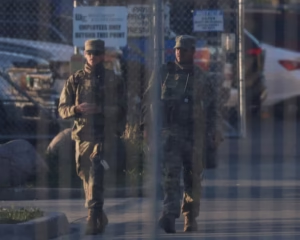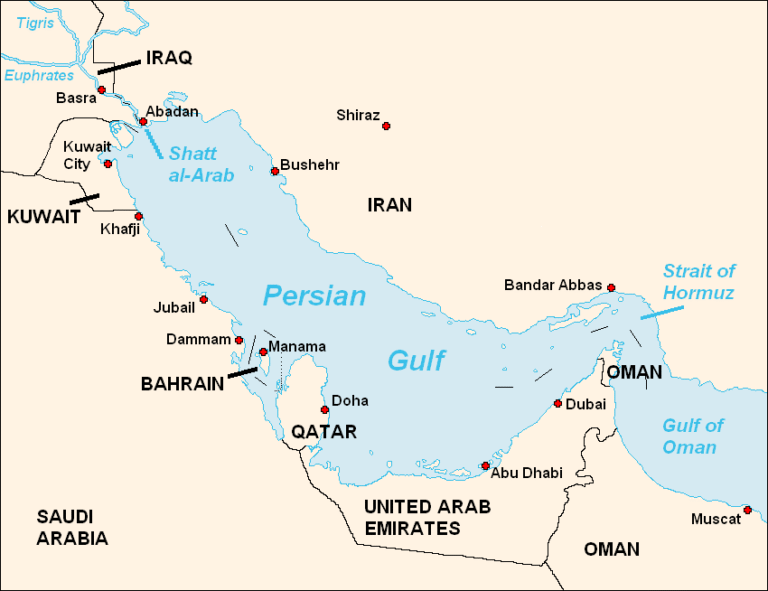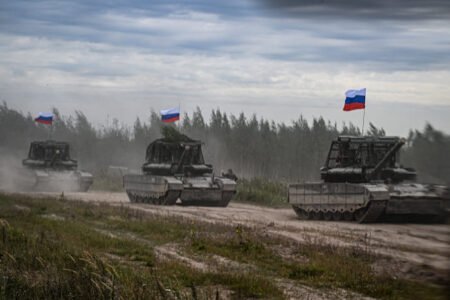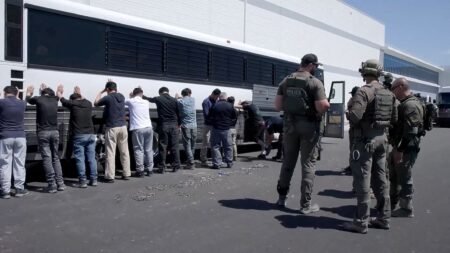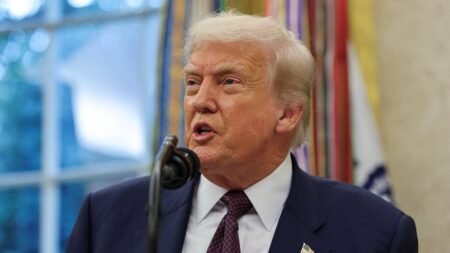The Persian Gulf is one of the most strategically vital and economically significant bodies of water in the world. Located in the heart of the Middle East, this shallow inland sea is bordered by Iran to the north and several Gulf Cooperation Council countries including Saudi Arabia, Kuwait, Bahrain, Qatar, and the United Arab Emirates to the south and west. It connects to the Gulf of Oman and the Arabian Sea through the narrow and highly strategic Strait of Hormuz.
Spanning approximately 990 kilometers in length and varying in width between 56 and 338 kilometers, the Persian Gulf is relatively shallow, with an average depth of just 50 meters. Its geographical characteristics make it suitable for massive offshore oil and gas exploration, as well as intensive commercial shipping operations. Over the centuries, this sea has been a center of maritime activity and trade, dating back to the times of ancient Mesopotamia.
The Persian Gulf’s primary global significance comes from its vast reserves of oil and natural gas. Countries along its shores control some of the world’s largest proven hydrocarbon reserves. Iran, Saudi Arabia, Iraq, and Kuwait, in particular, hold major oil fields that have driven their economies and shaped global energy markets. Notable fields such as Saudi Arabia’s Ghawar Field and the shared South Pars/North Dome Field between Iran and Qatar are central to the region’s output. A large portion of these resources is extracted from fields located either close to or beneath the waters of the Persian Gulf.
Energy exports from this region are essential to countries worldwide. Approximately 20 percent of the world’s oil—around 17 million barrels per day—passes through the Strait of Hormuz. This narrow choke point, which lies at the southeastern end of the Persian Gulf, is a vital artery for global oil transportation. Any disruption here, whether due to conflict or technical issues, has the potential to cause immediate spikes in global energy prices and disrupt trade across multiple continents.
Apart from its economic significance, the Persian Gulf is also a hotspot for geopolitical tension. It has witnessed several conflicts over the past few decades, most notably the Iran-Iraq War from 1980 to 1988. During this war, both sides targeted oil tankers passing through the Gulf in what became known as the Tanker War. The Gulf War in 1990–1991, triggered by Iraq’s invasion of Kuwait, also had a major impact on the region. Even in recent years, tensions between Iran and the United States have frequently led to concerns over the security of maritime operations in the Gulf.
Military presence in the Persian Gulf is robust, with the United States and its allies maintaining a strong naval footprint to ensure freedom of navigation and deter potential conflicts. The constant presence of warships and naval patrols reflects the ongoing volatility and the strategic importance of keeping the shipping lanes open and secure.
Despite its economic and military importance, the Persian Gulf faces significant environmental challenges. Its shallow waters and high evaporation rates contribute to increased salinity levels, while oil spills and industrial waste pose risks to its fragile marine ecosystems. Coral reefs, fish populations, and other marine life are increasingly vulnerable to both natural and human-caused degradation.
Another point of contention is the naming of the body of water itself. While it is historically and internationally recognized as the Persian Gulf, some Arab countries prefer the name Arabian Gulf. This naming dispute has become a matter of political identity and national pride, adding yet another layer to the region’s complex dynamics.
Major coastal cities such as Dubai, Abu Dhabi, Doha, Kuwait City, Manama, and Bandar Abbas rely heavily on the Persian Gulf for trade, tourism, and energy exports. The economic lifelines of these cities depend on the uninterrupted flow of goods and energy through this waterway, making it one of the most important maritime regions on Earth. The Persian Gulf continues to shape the political and economic realities of the Middle East and the broader global community.



